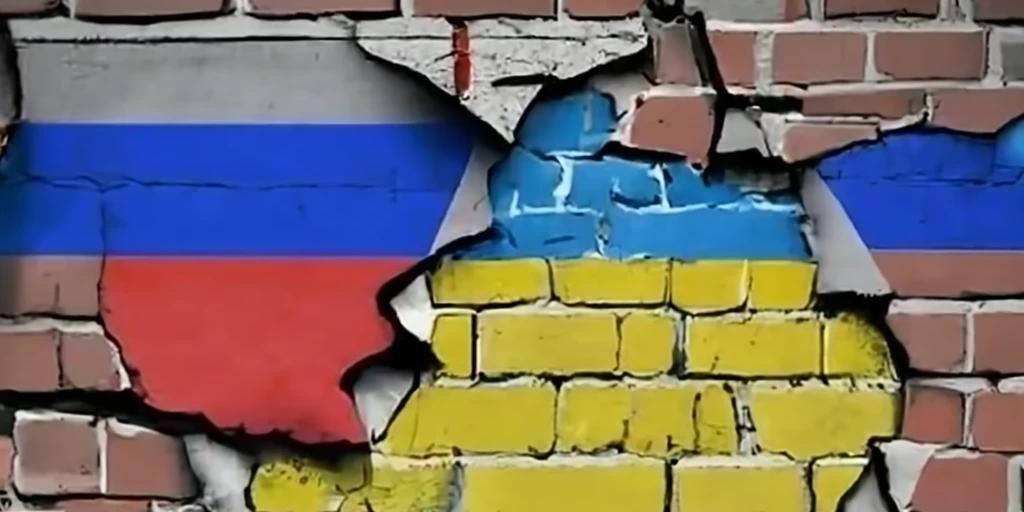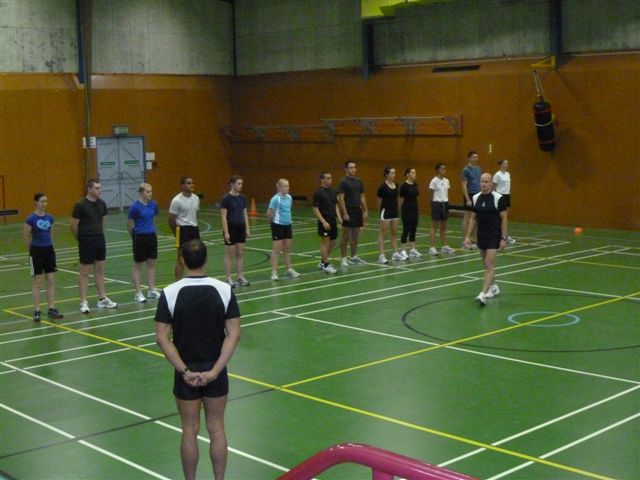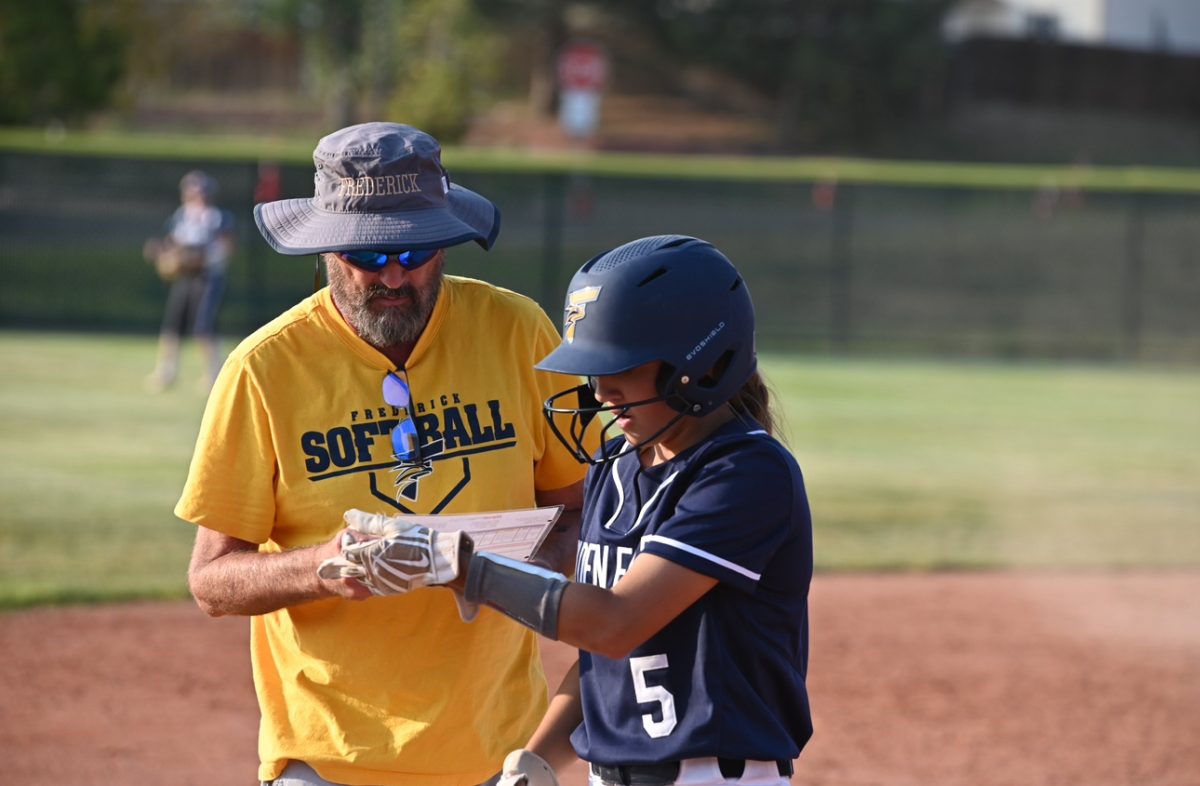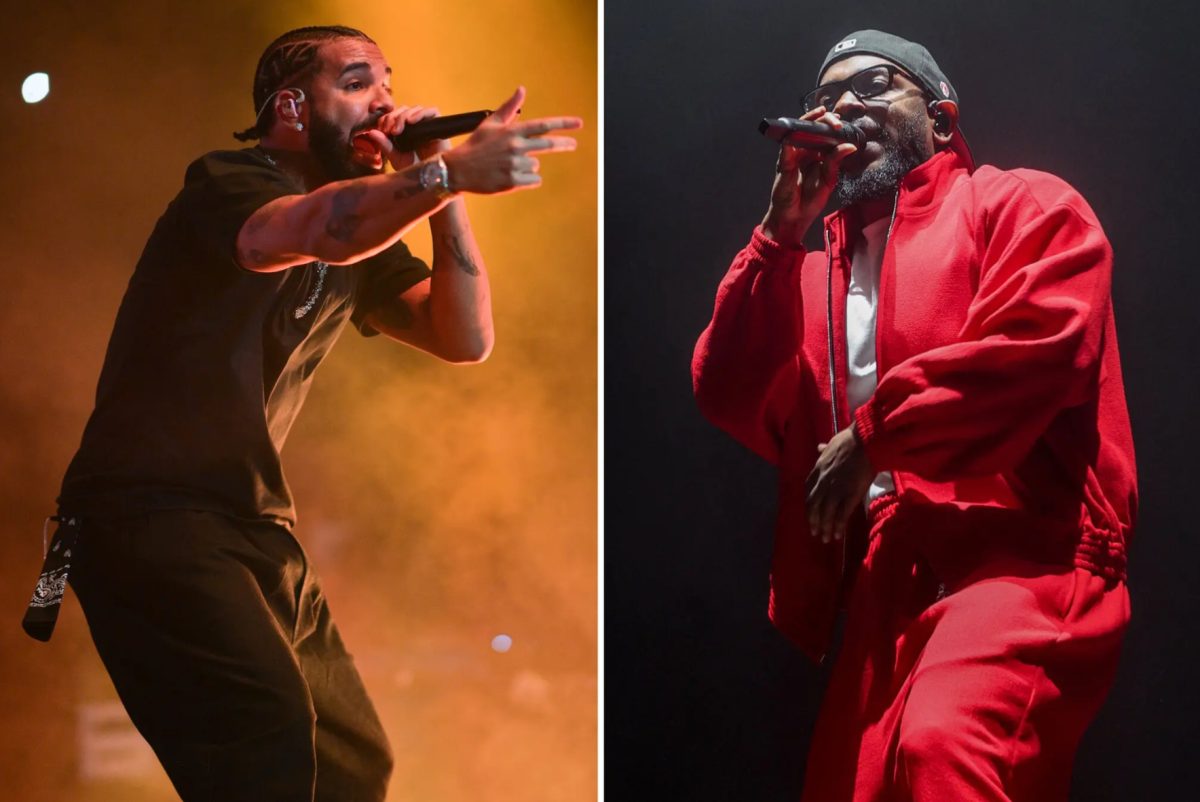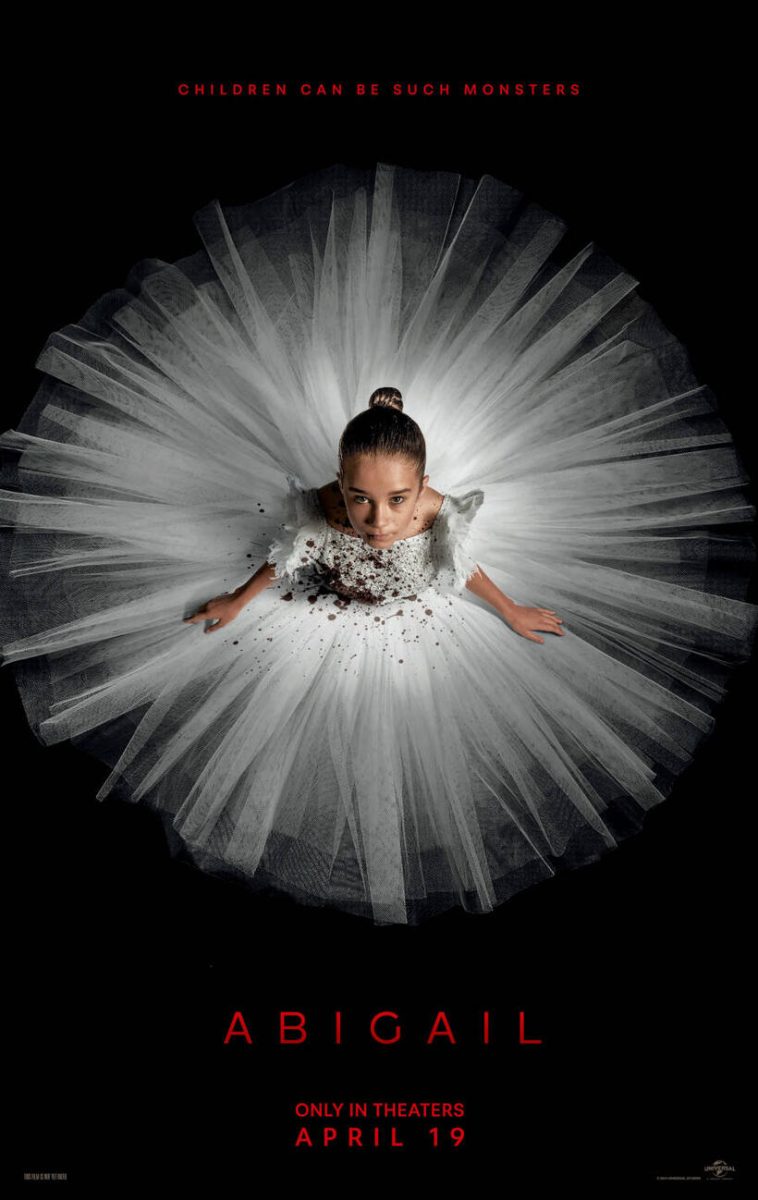On February 24th, 2022, Russia sparked a war with Ukraine when it invaded the Ukrainian states of Donetsk and Luhansk. The Russian military thought the occupation of these pro-Russian and oil-rich areas would be relatively uncontested, similar to their 2014 invasion and annexation of Crimea. Yet Ukraine fought back, aided by its neighbors and the NATO alliance. The conflict escalated into a full-scale proxy war between the pro-democracy nations of America and Europe and the authoritarian regimes of Northern Asia and the Middle East. The question on the mind of every geopolitical leader on Earth for the past year has been clear: will the democratic government of Ukraine withstand the battle, or will this be another state to fall to a puppet dictator?
After eighteen months, that question is still unanswered.
Although the situation continues to change daily in Ukraine, the war has not made much progress in the past few months. Russia has suffered from low troop morale and internal power struggles while Ukraine struggles to keep itself supplied and its people safe. That isn’t to say there hasn’t been any action in the war: there has, yet nothing so significant as to end the war anytime soon.
As of August 25th, Russian President Vladimir Putin has yet to back his troops away from the Ukrainian border, instead continuing with more ground invasions, drone attacks, and air strikes in the northeast portions of Ukraine. Recent attacks have mostly been against Synkivka, a Ukrainian village only 16 miles away from the border. Russian forces have attacked the village through Ukrainian minefields in an attempt to take back territory captured by Ukraine last fall. Russia is allegedly at its military peak as of now, given equipment shortages and lack of experienced soldiers, but that may change if Putin-friendly Belarus and China become directly involved.
Ukraine will similarly not back down, with its strong defense supported by the US, Canada, and most European nations–even those not in NATO, the Western alliance specifically formed to stop Russia from spreading its influence. These countries have collectively sent over $120 billion in war supplies, civilian aid, and money. Various charities have also evacuated Ukrainian children from the country from the start of the, with several countries like Estonia and Germany offering to resettle Ukrainian refugees.
Ukraine is putting this help to use by staging counterattacks of their own. Ukraine has held all ground invasions back since the start of the war. Ukraine finally regained control over Kharkiv and Southern Robotyne from Russia a couple of months ago. They have also launched covert and drone against southeast Russia, including allegedly destroying a major footbridge used for resupplying Russian forces.
While Ukraine has been on the offensive since early June, they have recently slowed down their surge. Winter is coming, and so Ukraine has changed its strategy to prioritize keeping the death toll of its soldiers minimal, both in regard to the coming weather and Russian fire.
While Ukraine is ramping down, Russia is ramping up with more brutal and intense charges into Ukranian-held territory. This has been a huge setback for Ukraine, but their hold-the-line strategy may be the most strategic, as the Russian troops are mostly inexperienced men drafted for the war and will not be ready for winter, whereas the Ukrainians are preparing now to come through winter even stronger than before.
They plan on building that strength by strengthing the Ukrainian military through its alliances. As part of the $75 billion that the United States has sent Ukraine since the war started, the US is now training Ukrainian soldiers to pilot F-16 Fighting Falcons. American training has been vital to the survival of Ukraine because it is very different and much more effective than the Russian command model. Russian forces are trained to only respond to a commander’s orders and never deviate from the battle plan, while America is training the Ukrainians in battlefield intelligence, where soldiers can adapt to new situations with a top-down command from a general. This has meant that loads of Ukrainian soldiers are currently in camps learning and not on the battlefield (another reason for the reduction of their surge).
While the US training will be a great asset to Ukraine’s army, the country may fall before the soldiers have finished their training. The reduction in troop numbers because of training has made certain areas more vulnerable to invasion, and Ukraine’s Western partners are becoming more reticent to donate to Ukraine as the war goes longer and costs them more money.
Yet Russia is facing its own internal issues. While reporting GDP growth for the past two years, Russian insiders have told journalists that the trade sanctions brought on by the US and other nations are causing supply shortages and even starvation in some Russian regions. Putin is also feeling the pressure to end the war from his political rivals: Yevgeny Prigozhin, commander of the Russian-based private military outfit The Wagner Group, was considered the most successful general in Ukraine until he and his men turned on the Russian government in late July, staging a short-lived coup. Like most of Putin’s powerful enemies, Prigozhin recently died in an “accident,” yet his brief insurgency showed Putin’s critics that he is not immune to threats of removal.
So what will happen? There are some unlike but dire scenarios, such as Russia deploying nuclear weapons or directly attacking Ukraine’s NATO supporters: such an international incident would likely cause a third World War. The same could be said of Ukraine joining NATO in the next couple of years, as Putin has threatened on multiple occasions that it would attack the West if Ukraine joined NATO.
Still, the most likely scenario is that either 1. Ukraine maintains its troop number and supplies, which keeps it repelling Russian troops until the Russian people, too weary of war and economic loss, demand that the war ends; or 2) Ukraine runs out of supplies or troops and falls to Russia’s massive numbers. While there is a “third option” endorsed by many international peacekeepers — that Ukraine surrenders Donetsk and Luhansk to Russia in exchange for a peace treaty — neither side finds this acceptable. Ukraine refuses to stop fighting until Russians are expelled from all of their prewar territories, and Russia will not allow Ukraine to have a pro-Western government.
One way or another, it looks like one side needs to definitively win the war to end the war. While it’s not clear which side will win at this stage, it’s clear that the decisions each army makes this winter will change who has the advantage and, ultimately, if Ukraine stays a democracy or falls to fascism.


